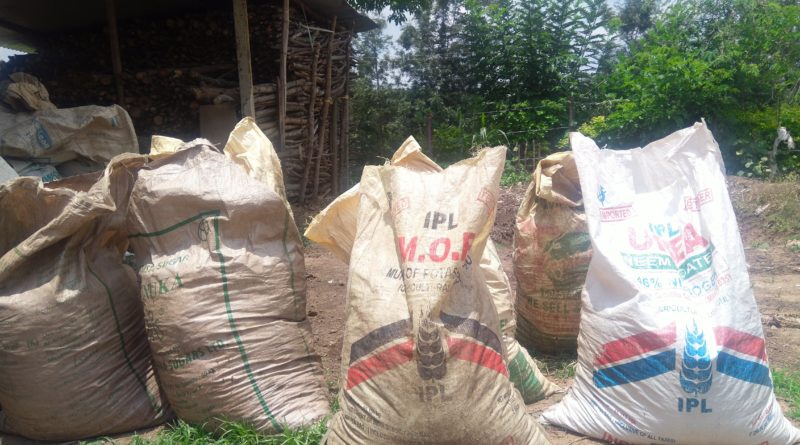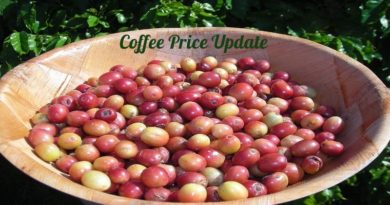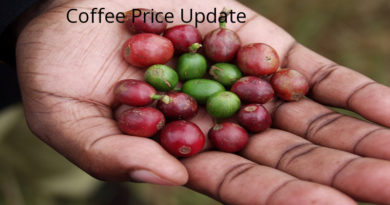Coffee Pre-monsoon Manuring During April-May Months
After the harvest and pruning, coffee plants will be generally in an exhausted and weak condition. Once the summer shower is received, we can see immediate growth activities in the plants and they start to produce new shoots. During this phase, it is essential to supply plant nutrients in required quantities through soil application of fertilizers.
In every coffee estate, the grown up plants need 50:50:50 kgs of nitrogen,phosphorus and potash per hectare for their vegetative growth. This is called sustenance nutrient dose which has to be given compulsorily to keep the plant health in good condition. The sustenance dose of fertilizer does not depend on the level of crop harvested or in the bearing but needed for the proper growth of roots, stem and vegetative parts.
The remaining quantity of annual fertilizer requirement of coffee plants are calculated based on the age and health of the plants, soil test values and crop level as well as the average crop harvested during the last five years. Therefore it is essential that the soils have to be tested for their fertility status routinely in order to avoid under or over fertilization in the field. The calculated amounts of fertilizers need to be applied in 2 to 3 splits. One of the split doses of fertilizer has to be given during the pre-monsoon period i.e. after receiving sufficient amounts of summer shower.
Before the application of pre-monsoon fertilizers, the plants should be relieved of their unproductive and undesired growths (pruning) and should complete weeding operation. Based on the recommended levels of fertilizers and area to be fertilized,suitable quantity of fertilizers should be uniformly mixed and applied in the field.
The maximum fertilizer use efficiency will be obtained when they are placed around the plant instead of broadcasting. Therefore, all the mulch shall be cleared around the plant up to the plant canopy area leaving one foot distance from the main stem. The soil in this area is then slightly disturbed using the forks and fertilizers should be uniformly applied in this area. After the application, the soil has to be reworked so that all the fertilizer particles are well covered and finally re-mulch the soil with the previously cleared mulch. One should note that a single split dose of fertilizer should not exceed 100:75:100 kgs of N: P: K per hectare. If larger quantity of fertilizers is given in a single split there is a high chance of loss of nutrients due to
volatilization. In highly productive blocks, the number of split doses will be more than 3-4 splits. The plants during the blossom/after blossom and pre-monsoon period essentially require phosphorus nutrient and hence, one should not skip phosphorus application during this period. It is advised that all the farm wastes like fruit skin, mucilage and cherry or parchment husks shall be composted in the estate and recycled in the farm.


